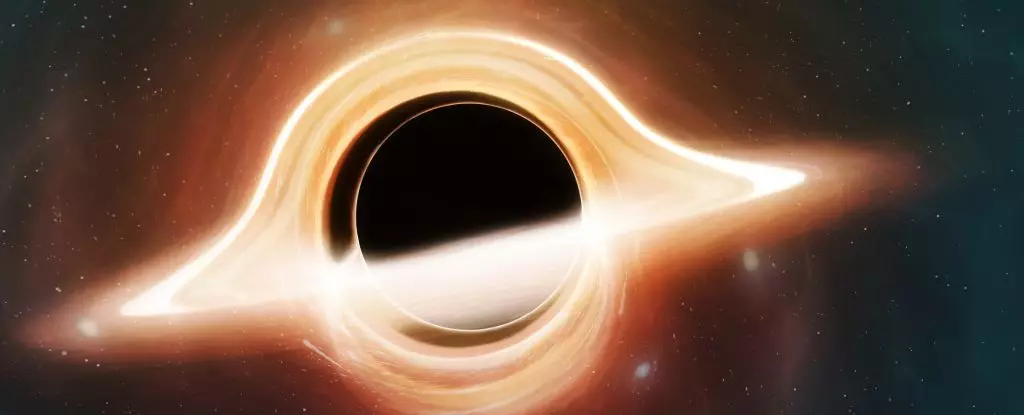In recent studies, a cluster of stars known as IRS 13 located near the center of the galaxy has brought to light the existence of a rare intermediate mass black hole. This discovery has sparked excitement and curiosity among astronomers due to its close proximity to the supermassive black hole at the Milky Way’s core, Sagittarius A* (Sgr A*). This finding sheds light on the evolution and growth of black holes, particularly those in the intermediate mass range.
Black holes are enigmatic cosmic entities that are formed as the end product of massive stars’ life cycles. While stellar-mass black holes are relatively well understood, ranging up to about 80 times the mass of the Sun, and supermassive black holes can reach millions to billions of solar masses, there exists a gap in our knowledge when it comes to intermediate mass black holes. These black holes, with masses between 100 and 100,000 solar masses, pose a challenge in understanding the evolutionary pathway between stellar-mass and supermassive black holes.
Discovery of IRS 13
The discovery of IRS 13, made over 25 years ago, has puzzled astronomers due to its changing identity from a single massive star to a small cluster of stars. Its proximity to the supermassive black hole Sgr A* raised questions about its structure and stability. Researchers led by astrophysicist Florian Peißker of the University of Cologne conducted observations of the cluster’s movement and identified a dense object at its center. Through careful analysis, they determined that this object is an intermediate mass black hole with a mass of around 30,000 solar masses.
The presence of an intermediate mass black hole in IRS 13 has significant implications for our understanding of black hole evolution. The orderly motion of stars and gas clumps within the cluster indicates the influence of the central black hole Sgr A* in maintaining its structure. This finding suggests that IRS 13 plays a crucial role in the growth and feeding of the supermassive black hole at the galactic center.
Future Research and Observations
As scientists continue to study IRS 13 and its associated black hole, future observations using advanced instruments will provide more insights into the nature of intermediate mass black holes. Understanding the mechanisms that govern the growth and evolution of black holes across different mass ranges is essential in unraveling the mysteries of the Universe’s most enigmatic phenomena.
The discovery of an intermediate mass black hole in the IRS 13 cluster marks a significant breakthrough in our quest to understand the diversity and complexity of black holes in the Universe. This finding opens up new avenues for research and exploration, offering a glimpse into the intricate interplay between black holes of varying masses and their impact on galactic evolution. As we delve deeper into the mysteries of black holes, we come one step closer to unraveling the enigmatic nature of these cosmic giants.


Leave a Reply